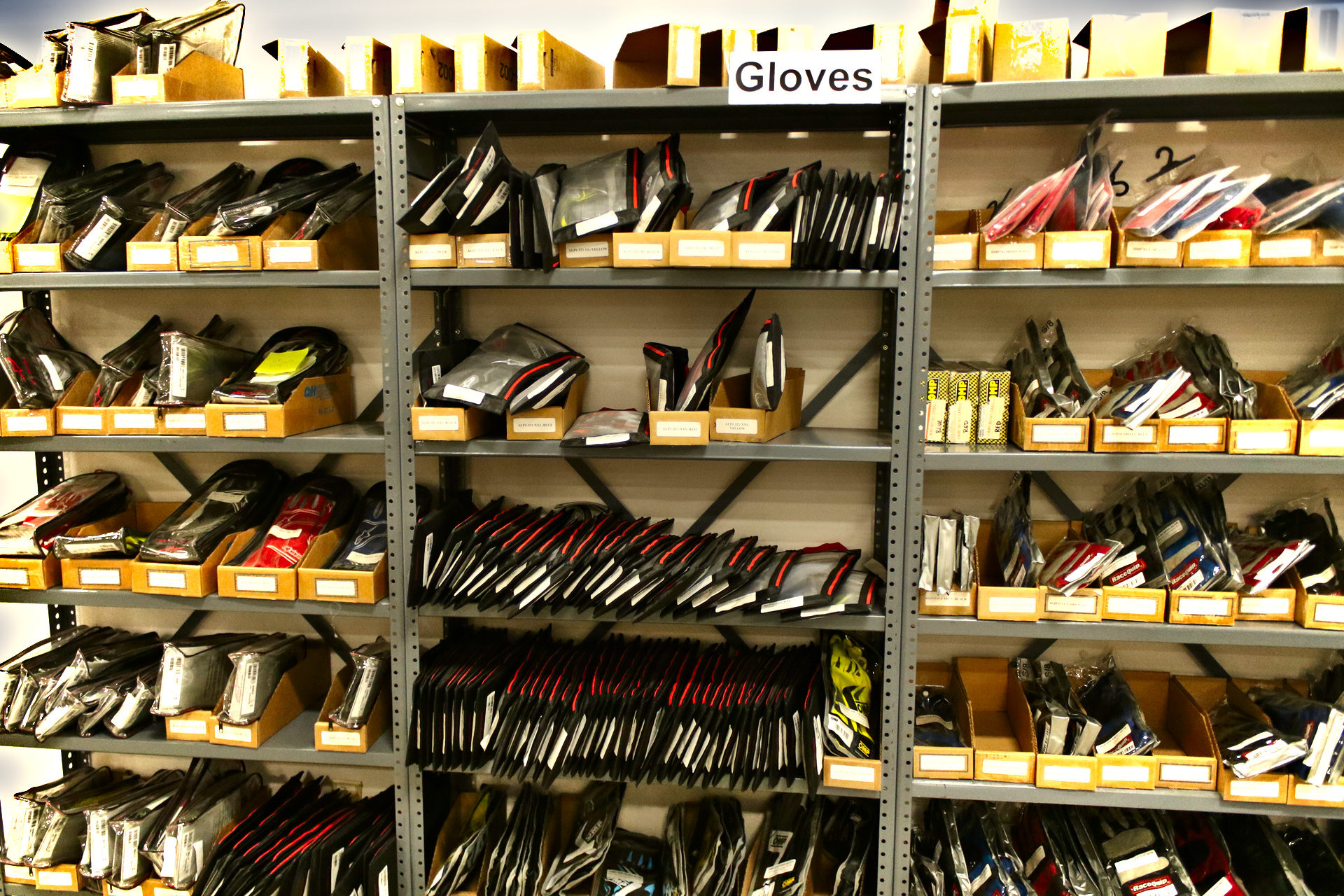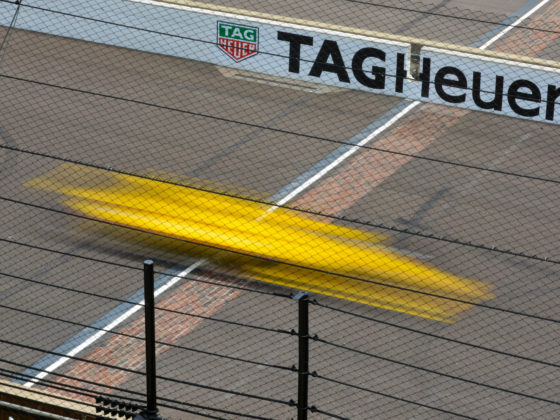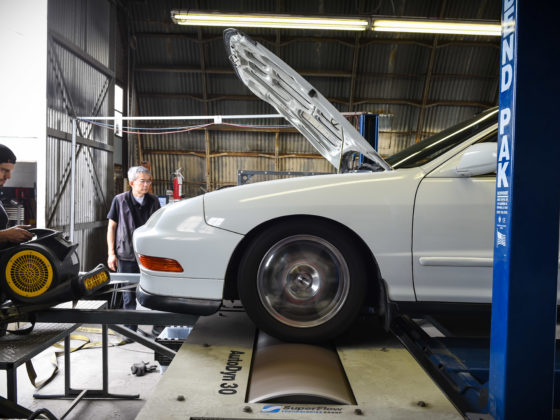What about the clear visor? What about those fancy reflective/mirror visors. What should I choose? For one, your helmet is almost always going to come with a clear visor. So, that’s the default choice. Should you purchase an additional or replacement visor?
A tinted visor acts like sunglasses. You won’t have to wear them inside your helmet, which can be annoying. But, if you wear actual prescription glasses, a tinted visor allows you to not wear prescription sunglasses but instead wear your regular prescription glasses under your helmet.
There are other features available for visors, like anti-fog. This can be nice because cold, humid, or hot climates can cause fogging when visor is down. Why should you keep your visor down? Since your windows are down, and since race tracks can be dirty places (rubber bits, dusty oil dry, dirt, pebbles, gravel!), the visor keeps crap out of your face. Oh, and it especially keeps fire out of your face. Wear your visor.
And wear a head sock, even if you’re just doing track days. Why? If it’s hot out, you’re going to sweat. Since it can be difficult to clean or wash the inside of your helmet, a head sock acts like a dirt and funk catcher. It’s easy to wash a head sock. Would you rather have a funky head sock you toss in the washer, or a nasty, greasy, filmy helmet? I’ve had a fily, nasty, greasy, filmy helmet. It was… unpleasant.
Another note: There’s a lot of gear here, and this is just your head. It takes time to put it on and take it off. You’ll need to learn the routine and make it a part of your “getting into/out of the car” process. Give yourself the extra two minutes and be relaxed as you get into the car. Your first few driving sessions wearing a head/neck restraint are going to be WEIRD. Take it easy, learn how your head is able to (or not able to) move while wearing it. Don’t expect to go blasting out onto the track for your first time and go immediately back to ten-tenths. Otherwise you might end up using that head/neck restraint on your first outing.
A last note: While it’s possible to use 3” wide harnesses with a restraint, it can be a little difficult to get the harnesses correctly positioned within the channel on the restraint on top of your shoulders. Some newer harnesses feature 2” wide construction, which works much better. However, make sure of what your sanctioning body allows. Just because you can buy a Sabelt harness with a 2” wide shoulder doesn’t mean you’re allowed to use it. And there’s a particular way to ensure that your harnesses are correctly adjusted when fastened tightly over your restraint. Be sure to talk to your safety retailer about what that proper adjustment looks like for you and your vehicle and your harnesses.
Finally, with my head and neck protected, it was time to move down to my body and look at suits.

The FIA international standard for clothing is 8856-2000 and details things including the performance requirements of fireproof clothing. Pictured here are two levels of Sabelt suits. One is the entry-level Challenge TS-3 (bottom) and the other is the mid-level Diamond TS-7.

Their clothing standard for driving suits is 3.2A and there are other standards for other personal safety equipment. SFI also has standards for clutches, bellhousings, and many other pieces of vehicular “safety” equipment. SFI is the most commonly encountered certifying organization / safety standard in US motorsport.
What’s the difference between the SFI and FIA with respect to clothing? They’re effectively the same. They specify construction standards, testing procedures, and performance requirements. One minor difference is that SFI has different performance (TPP) ratings. This is represented by the number after the slash (/5) indicates the number of seconds the wearer can be exposed to a heat source before incurring a second degree burn. The FIA standard is essentially pass/fail, but that doesn’t mean it is not stringent.
In the USA, most sanctioning bodies will accept personal safety equipment certified to either SFI or FIA standards, but make sure you check with your sanctioning body to be sure.





1 comment
Thanks for great for me